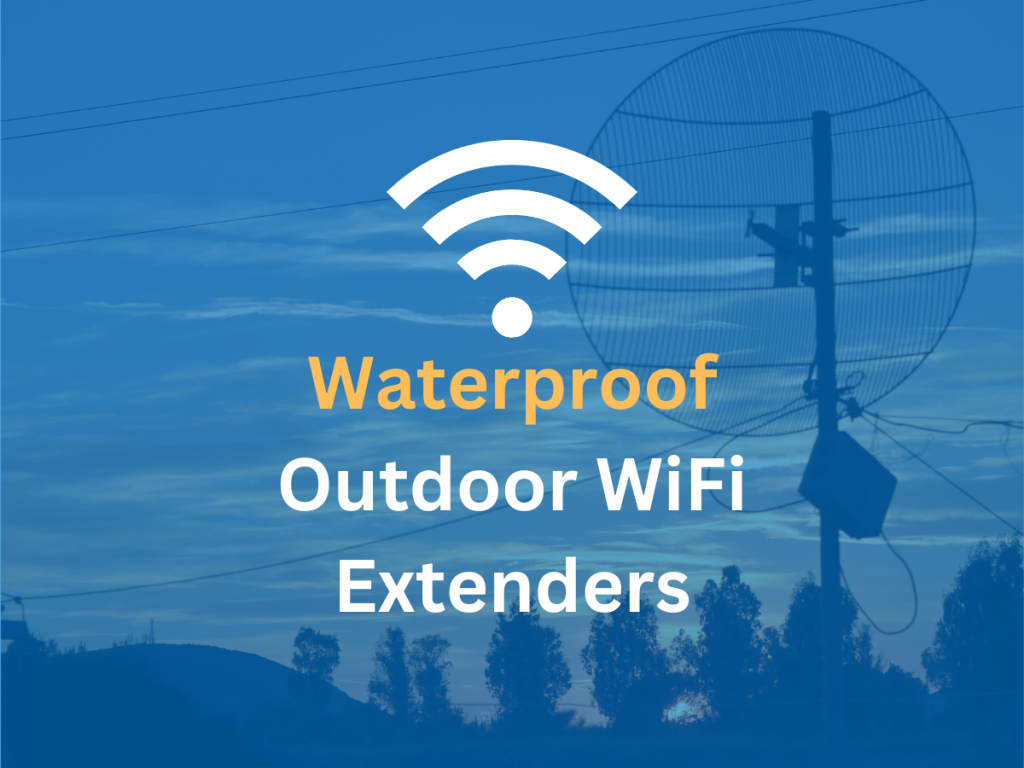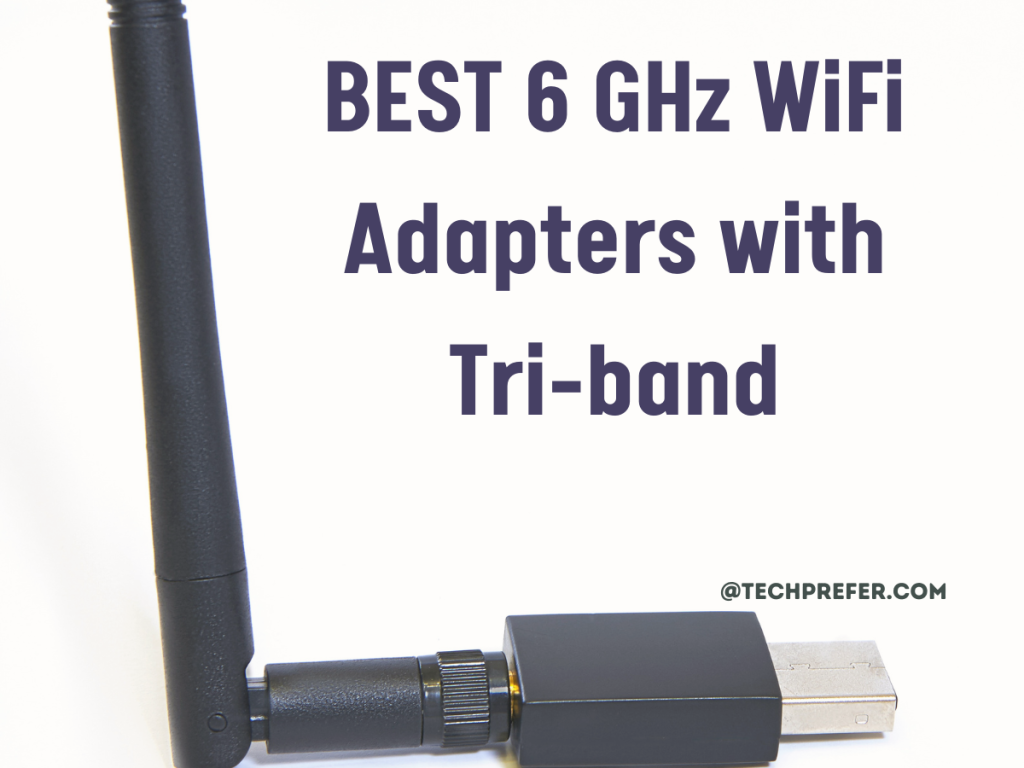Because desktop computers lack built-in WiFi connectivity hardware (WLAN), an additional piece of hardware is require to connect a desktop computer to a WiFi network. To add any new hardware to a desktop, it can be either attached to a PCI slot on the motherboard or to a USB port.
A WiFi adapter or WiFi card is used to connect a desktop PC to the WiFi network. It comes in both PCI and USB variations. As per the user’s review and my experience, PCI WiFi cards provide better connectivity and reception range. However, this necessitates opening the CPU casing, which is a simple task requiring only a screw driver; some casings even come with screws that can be opened with one’s hands.

How to connect a dekstop PC to WiFi wirelessly
- Insert a WiFi receiver into a USB port or a PCI slot.
- Install the required drivers for the WiFi receiver. Usually, Windows installs it automatically.
- Connect to the WiFi network as we do on the laptop.
Factors to choose the right type of WiFi card
When it comes to choosing the right WiFi adapter, there are several factors to consider. From the type of adapter you need, to the speed and range of its connection, these elements will determine the quality of your internet connection. Furthermore, it is important to take into account compatibility with existing hardware and other devices that may be connected to your network.
1) PCI or USB
This is the most important thing to consider before you purchase a new WiFi adapter for your desktop. A USB WiFi adapter is a plug-and-play device that installs its software automatically. While PCIe cards with WiFi adapters must be installed inside the casing, they also require the proper driver installation. PCIe adapters are more stable and faster then USB Adapters.
2) WiFi Bands
Choose the right WiFi band, 2.4 GHz or 5 GHz. It is better to choose a dual-band WiFi adapter. The majority of PCI-e WiFi adapters are dual-band, but USB WiFi adapters with dual bands come in selected models. When selecting the best wifi adapter for your PC, keep this as your top priority. A new band has been also introduced in Wi-Fi 6E generation that is 6 GHz band. A WiFi Card with 6E generation comes with triple band compatibility. So consider the right band compatible with the router and computer.
3) Choose the right WiFi generation product
WiFi has also introduced its generations starting from WiFi 6. It is also known as WiFi versions. Newer generation includes higher speed but it also costs you more if you are not using the same generation of router. understand the Wi-Fi versions or Generations.
4) Antennas
Every WiFi receiver includes an antenna. Small devices have built-in antennas, whereas some models have external antennas for improved signal reception. So if your router is away from the PC, consider a WiFi receiver with an antenna. Some devices include more than one antenna. So choose wisely according to your requirements.
5) Bluetooth
Many WiFi cards also come with additional Bluetooth connectivity. It is useful if your PC lacks Bluetooth connectivity or if you require the most recent version of Bluetooth rather than the older one that is already installed on your PC. Usually, this additional feature may cost you extra. So consider this factor as well while you buy a new WiFi card.
How to chose the right WiFi card? PCIe vs USB
When it comes to choosing the right WiFi card for your desktop, the PCI-e WiFi card is a great option over USB WiFi cards. The main advantage of using a PCIE WiFi card is that it provides faster speeds and more reliable connections compared to USB cards.
The PCIE WiFi card is an essential hardware upgrade for desktop computers, as it provides faster connection speeds and increased range compared to a USB WiFi card. This makes it the ideal choice for streaming media, gaming, and other activities that require a reliable connection.
USB devices are slower as compared to PCI devices, as they connect to the motherboard directly. PCI WiFi adapters provide more stability as compared to USB WiFi adapters. These days, there are some powerful USB adapters with long antennas available on the market. I have not tested them, but my experience with USB adapters without antennas was not so good.
Best PCI-e WiFi Cards
Choose the best PCIe based WiFi cards
Best USB WiFi Adapters
Choose the USB based best WiFi cards















